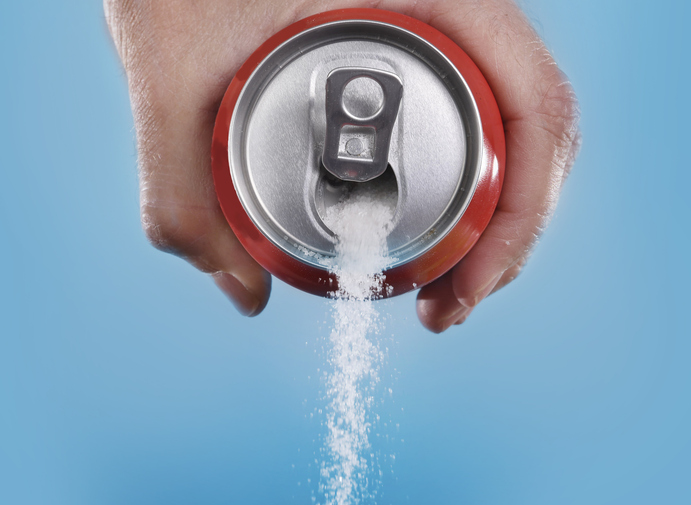Air pollution PM2.5 was shown to increase the risk of incident diabetes in a cohort of U.S. veterans with no prior history of diabetes, results from a new longitudinal study published in The Lancet Planetary Health suggested. The study cohort consisted of U.S. veterans with no prior diabetes history, who were all followed for a media of 8.5 years, and survival models were used to assess the relationship between PM2.5 and incident diabetes risk.
Time to estimate environmental but local burden of disease! https://t.co/SJ3J9vk0D9
— Pushpam Kumar (@PushpamK) July 2, 2018
The cohort consisted of 1,729,108 participants. According to the authors, a 10 µg/m3 increase in PM2.5 was associated with an increased risk of diabetes (HR=1.15; 95% CI, 1.08-1.22). The PM2.5 concentration was also associated with an increased risk for death as the positive outcome control (all-cause mortality) but not with the negative outcome control (lower limb fracture). Increased ambient air sodium concentration as negative exposure control was not associated with an increased risk for diabetes. Integrated exposure response function, they reported, showed a substantially increased diabetes risk in concentrations above 2.4 µg/m3.
https://twitter.com/DeltaDiabetes/status/1013619854266511361
Perhaps, one of the reasons #diabetes is growing so rapidly in #India https://t.co/4KDxRFpYdB
— Dr. Manish Kumar (@biotechdhaba) July 1, 2018
“Globally, ambient PM2.5 contributed to about 3.2 million incident cases of diabetes and about 8.2 million disability-adjusted quality of life-years caused by diabetes, and 205,105 deaths from diabetes attributable to PM2.5 exposure,” they wrote in the study. “The burden varied substantially among geographies and was more heavily skewed towards low-income and lower-to-middle income countries.”
The toll of #diabetes attributable to #airpollution (PM2.5) is about 3.2 million cases in 2016, representing 14% of total incidence of diabetes globally. https://t.co/IsIJ6oN6D9
— Dr Yudhyavir Singh MD, DCH (@yudhyavir) July 1, 2018
Source: The Lancet Planetary Health







 © 2025 Mashup Media, LLC, a Formedics Property. All Rights Reserved.
© 2025 Mashup Media, LLC, a Formedics Property. All Rights Reserved.